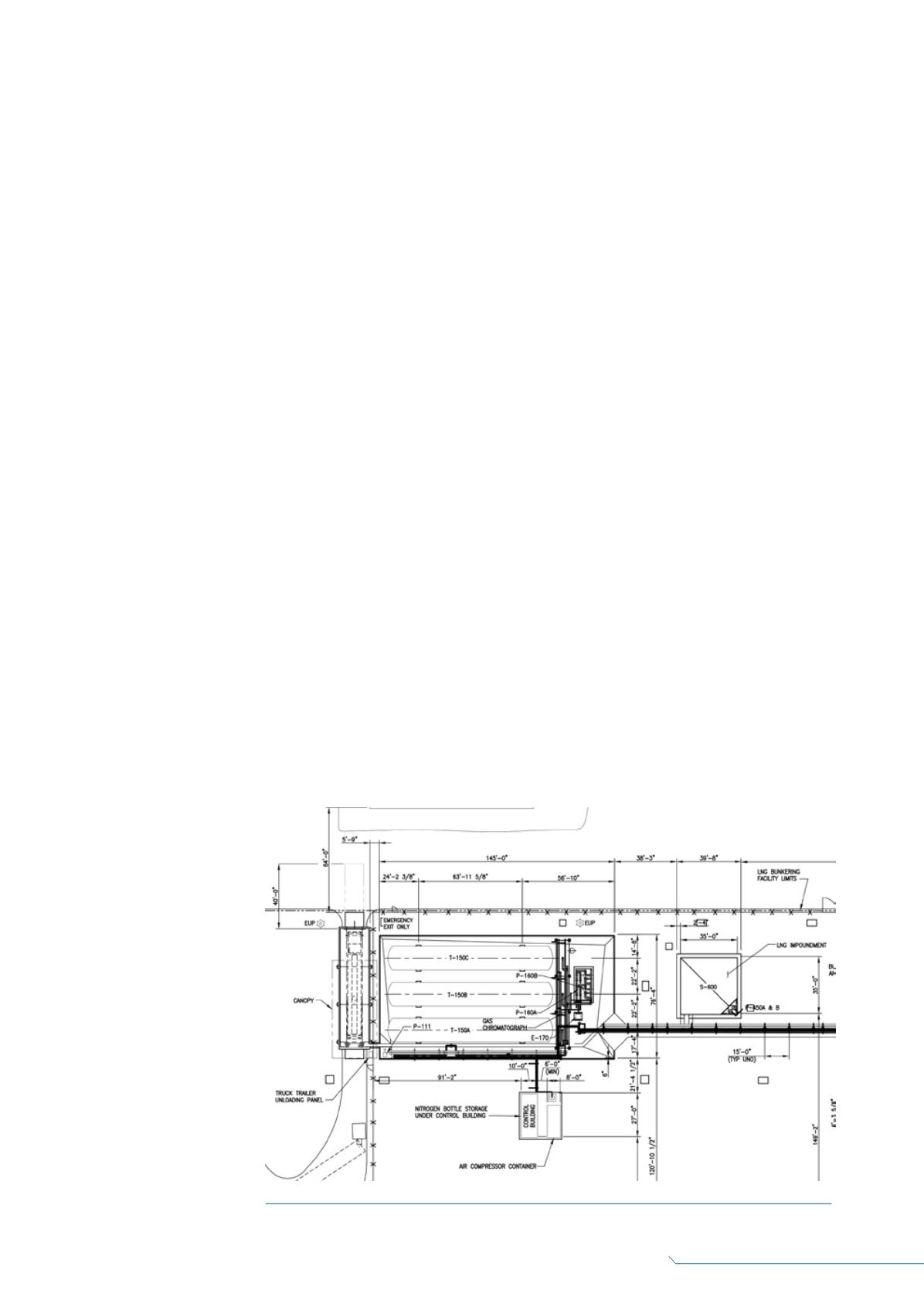
SEPTEMBER
2016
LNG
INDUSTRY
35
engineering, procurement and construction (TEPC) teams. With
the facility requirements, the TEPC teams will next develop
competing conceptual (FEP-1) and preliminary (FEP-2) designs
and cost/schedule estimates. The developer will then evaluate
these proposals to see which solution best fits the project needs.
The successful bidder is then awarded a firm price contract for
detail design, procurement and construction in FEP-3. Typically,
technology providers team up with engineering, procurement
and construction (EPC) contractors to provide proposals. The
TEPC teammodels followmultiple structures, such as a joint
venture (JV) or a consortium. Certain TEPC organisations can
come from one single entity as well.
An alternate approach is for the developer to solicit
competing unfunded FEP-1 work from TEPC teams. At the end of
FEP-1, two TEPC teams are funded to develop FEP-2 packages
and compete to be chosen for FEP-3 and beyond activities. With
the estimates and preliminary documents developed in FEP-2 by
each team, the developer will confirm the project economics and
make a final selection of the TEPC team to proceed with detail
design (FEP-3). Finally, the selected TEPC team executes the
procurement and construction of the facility using a target price
with incentive model contracting method.
This alternate approach typically requires less overall time
and minimises time to market. The cost optimisation risk of
selecting a TEPC earlier is offset by the schedule optimisation
and faster time to market.
This alternate approach will result in the following:
A clearer understanding of the project objectives by the
developer and the TEPC.
The development of mutually beneficial contracting terms.
Value engineering to effectively lower costs.
To initiate FEP-1 and FEP-2, the basic performance
requirements for the facility need to be defined by the developer.
These include:
Feed gas composition and variability.
Required LNG output
(flowrates, pressures).
LNG delivery method
(truck fill, cryogenic
pipeline to berth for
ship or bunkering
barge).
Facility location and
footprint constraints.
FEP-1:
concept
During this sub phase,
proposals are solicited from
the technology providers.
Based on submissions,
facility information is
further developed and
refined. Capital costs,
schedule and operating
costs are parametrically
estimated, and competing
ROI models for each
technology are prepared.
Items completed may include options to reserve identified
potential plant property while additional evaluations are made,
and additional geotechnical data to firm up foundation design
recommendations.
At the end of FEP-1, the developer selects the technology
that best furthers his/her business interests and identifies at least
two technology vendors, and, secondly, has a rough order of
magnitude estimate of costs (+50%/-30%).
FEP-2: detailed scope
During this phase, suppliers are invited to provide technical and
commercial proposals based on any changes and/or revisions
resulting from the balance of plant. Upon receipt and evaluation
of the proposals, the facility design and process can be finalised
so that it can be handed off for detailed engineering. FEP-2
outcomes include a +/-30% EPC cost estimate, an operating
cost estimate and a preliminary project schedule.
FEP-3: design
Once the FEP-2 or front end engineering design (FEED) teams
are selected and contracts placed, the teams will begin
preliminary designs. Key decisions by each team include the
following:
Liquefaction processes.
On-site buffer LNG storage to meet the required throughput.
Sizing of major equipment, such as gas pretreatment,
compressors, heat exchangers and pumps.
Initial facility layout.
Utility demands.
The main deliverables include the following preliminary
documents:
Process flow diagram (PFD).
Piping and instrumentation diagrams (P&ID).
Plot plan.
Figure 4.
The plot plan: LNG bunkering facility.


